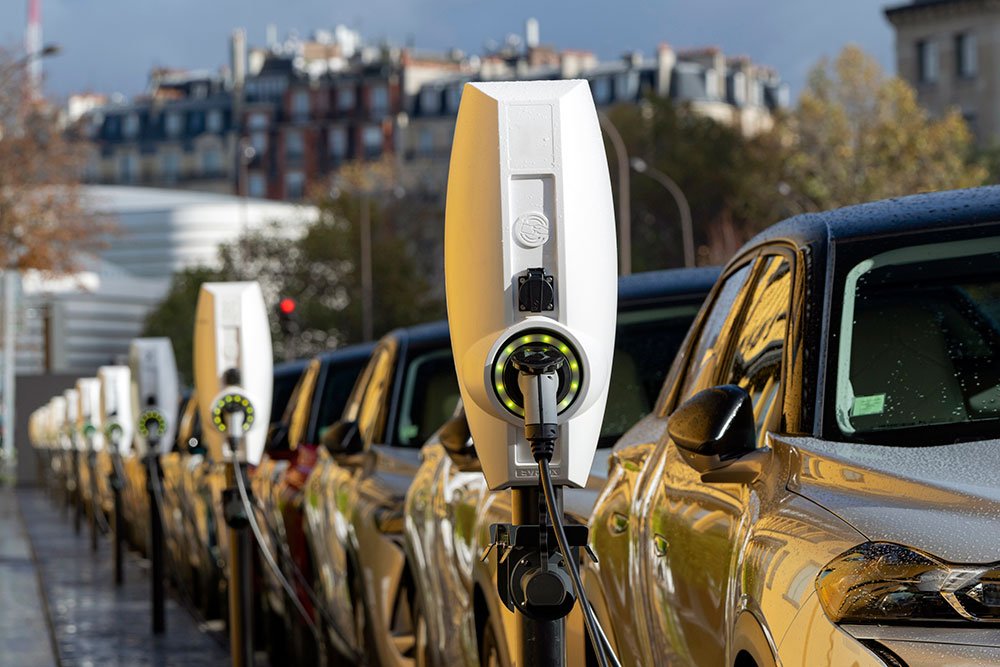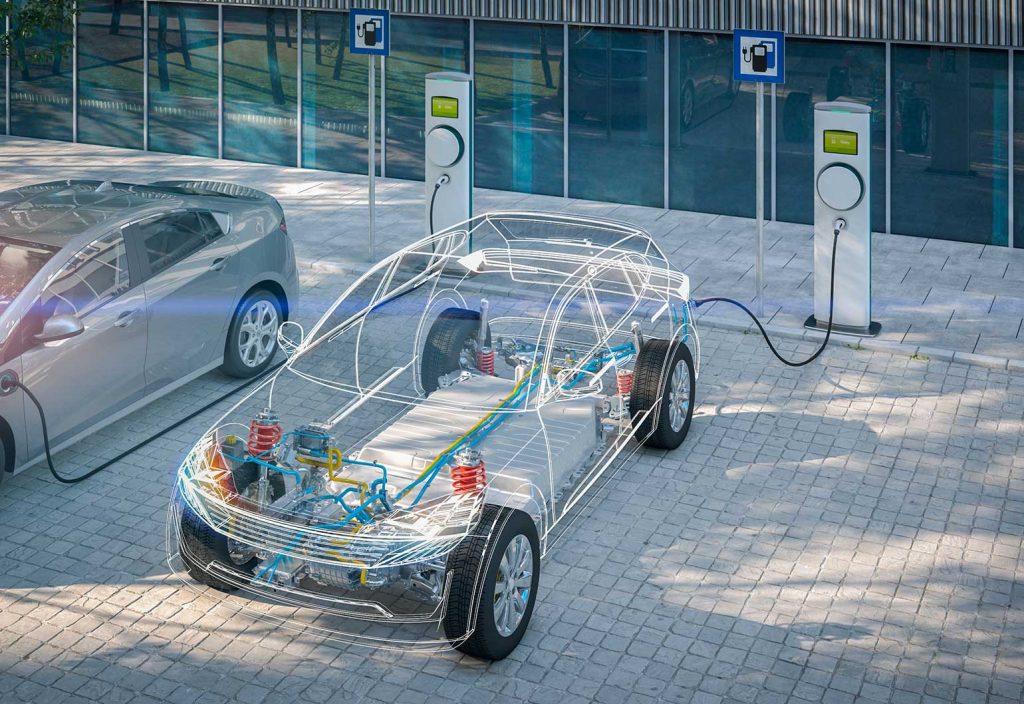While electric vehicle sales in Australia are increasing, the rates are much lower compared with other countries and a change of Government policy is required to alter this, writes Jason van Paassen, Manager – Transport Planning, Logistics and Analytics, SMEC.
Consumer research in Australia indicates that electric vehicle (EV) consideration and sales are on the rise, especially as EV costs start to decline. However the rates are still significantly lower compared to other countries (Electric Vehicle Council, 2020).
Perhaps the most common apprehension (and perception) is whether an EV can support the Australian lifestyle and more importantly, the long-distance road trip. Range anxiety concerns relate to the distance an EV can travel on a single charge and regular access to charging points en route.
Government, at all levels, holds the power to change consumer beliefs and behaviour by creating policy frameworks to support the required infrastructure for electric vehicles, and subsidies to promote uptake.
Research by the Electric Vehicle Council (2020) indicates that 82 per cent of consumers identify publicly available fast charging as “important” and 68 per cent want government to provide more public charging infrastructure. Many governments across Australia are already investing in charging stations. Australia has approximately 2,300 public charging stations and around 350 of these are fast charging.
The unique challenge in a country the size of Australia is delivering a national network of charging stations that support the range and charging capabilities of each EV model and will encourage growth in the EV market.

In a practical sense, if you consider the highly populated eastern seaboard of Australia, linking Brisbane, Sydney and Melbourne, there are still some significant gaps in the network of locations available for charging EVs beyond these metropolitan centres. This is particularly the case for fast-charging facilities which can achieve a full battery charge in 15 to 30 minutes.
Consumers need to become more confident in the charging infrastructure that supports EVs before they will increase their uptake. The technology in batteries is also expected to improve — and has taken large steps already — but the crucial ingredient is a comprehensive public fast-charging network that gives greater access to charging points and enables a full recharge in the shortest time possible.
Recharge while you charge
Consider the experience of charging your car at a public fast-charging point. You’re looking for facilities that feel safe, are clearly visible from a highway location and are open and accessible 24/7 — much the same as any service station.
Additionally, consideration needs to be made for the types of charge plugs required, how many charge bays are available to prevent long wait times and meet anticipated growth in demand. Other considerations include how to reduce dwell time at charging bays by providing additional parking and what amenities are close by that drivers can access while they wait for their car to be charged.
Currently, many charging stations seem to be tucked away in parking lots or hidden in back lots, especially in smaller town locations.
Investment in prime locations — whether as part of existing service stations or development of new stations — that are attractive to consumers is an opportunity to drive meaningful growth in the electric vehicle market. These locations must form part of an ecosystem that supports the movement of people within the range of EVs — approximately 300 km.
Aiming for fast-charging locations within a 150-km radius means that even if you are unable to charge at one location, (for example due to access, technical issues, availability of chargers, etc) you have the security of knowing you can still reach the next station on the remaining charge.
Both private and public investment in public charging facilities have increased in recent years (Electric Vehicle Council 2020) and the continued collaborative approach to strategic growth of charging stations will greatly support confidence in the market.
Powering up
The implementation of a network of fast-charging stations will need to be considerate of the capacity and location of the national electricity grid. Introducing freight vehicles into the EV fleet, which would most likely be high power users (approximately 700 kW – 1 MW), could offer greater range of incentives for governments to roll out an even denser charging station network.
The distribution and location of power infrastructure to support our highway routes will be a challenge for Australia. It will require consultation across Distributed Network Service Providers (DNSPs) and the potential for augmentation and extension of the powergrid to support EV charging locations.
For developers, the timeframe for connecting a large fast-charging facility to the grid may take years (dependent on location), so careful consideration and planning is required well in advance to determine suitable locations and to match future growth in market demand.
Every year we inch closer to a future where more and more consumers are driving electric vehicles, but we need a clear focus and plan to leverage the opportunities this structural shift provides.
Meaningful and long-term collaboration between government and industry will provide consumers and the associated eco-system with the certainty and confidence that will foster the best prospects for growth.
